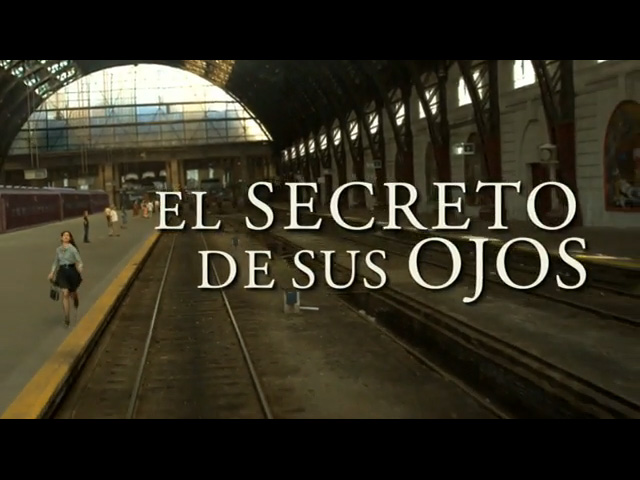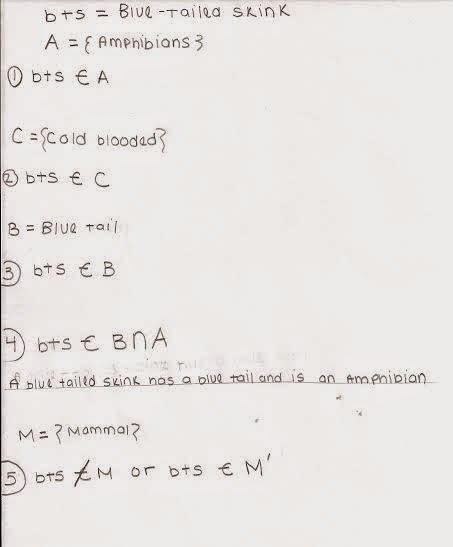In the first unit of the Ollywood class, which is called Pre-Production, the class learned about what must be done in order for the cameras to start filming. We went over the importance of production and costume designers. We also went over John York’s elements that make up an excellent screenplay, which includes a protagonist, antagonist, the desire, external, internal desire, the inciting incident, the journey, the crises, the climax, and the resolution. For our first action project, we chose a movie from a list provided by our teacher and critiqued it in the eyes of a movie critic. I chose The Secret In Their Eyes, an Argentine crime thriller film. At first, I had a hard time understanding the movie because it was all in Spanish, but once I found a version with English subtitles, I knew I was going to enjoy what I was watching. Thanks to this project and unit, I now watch movies differently, but in a good way. A way that gives me a more clearer understanding of how a movie is written, and how important the people working behind the scenes are.
 |
| Lenox, Susan. "The secret in their eyes". Flicker. Yahoo! 26 March. 2012. web 14 November 2014 |
The Secret In Their Eyes was released in 2009. The movie follows the story of a retired judiciary employee, Benjamin Esposito played by Ricardo Darin and a judge who worked together 25 years before. The movie is based off of the Argentine crime thriller novel, La Pregunta De Sus Ojos (The Question In Their Eyes), by Eduardo Sacheri. , The Secret In Their Eyes was produced, directed and edited by Juan Jose Campanella. The story goes into a time period in Argentina known as the Dirty War that lasted between 1975 to 1983. It was a time when Argentina’s dictatorial military wanted to keep their power, so they often tortured and killed people who were against them. It was also a time when criminals were often freed and left unpunished, which also led to violent times in Argentina.
The movie takes place in Buenos Aires in 1999. Benjamin, a retired criminal investigator is trying to relive his past in his head because he wants to write a novel about the rape and murder case of Liliana Coloto played by Carla Quevedo that took place in 1974. In order to do that, he must reconnect with Irene Menendez-Hastings played by Soledad Villamil, whom he worked with during the investigation of Coloto’s case, to get her opinion on the novel. We are set back into the ‘70s when Irene starts reading the novel in forms of flashbacks. The first flashback we see is when Benjamin first saw Irene. Benjamin still remembers her as the young lady recently graduated from Cornell stepping into the office during the summer of 1972. He paid attention to her tall figure, silky hair, and of course beautiful eyes. Irene always looked very professional, but also stylish. She often wore dresses with easy-going colors, or dress suits, which went well with her stubborn, yet outgoing personality. Benjamin, a young investigator who always wore his grey trench coat and fine suits, showed that he was serious and ready for his job. But he was also young and always had good, cheesy, pickup lines for any good-looking lady that he laid eyes on, yet Irene left him speechless. Through the flashbacks we learn that the murderer was found, freed and even had an encounter with Benjamin after, but Benjamin didn't have the power to arrest him, so the killer was never seen again. Now walking into his former office, we get to see how both Irene and Benjamin aged after 25 years. Irene is seen with shorter hair, glasses, and a longer dress suit, with pictures of children on her desk, indicating that she now has a family. Benjamin on the other hand has no family of his own, has some grey hair, longer beard, and dressed more casual than professional. The costume designer and makeup artist did a fantastic job of making both characters seem older, with little things like their hair, attire, and even props like the picture to show the lives they’ve lived apart from each other.
While trying to track the murderer down during the ‘70s, Benjamin and his partner, Sandoval had many setbacks. The movie’s antagonist,Counselor Romano played by Mariano Argento, an arrogant character wanted to get the case over with, so he accused and beat a false confession out of two construction workers. Raging with anger, Benjamin confronts Romano by stating that he’ll never step foot into the offices again once he puts in a complaint. Romano responds with “You have no clue with who you’re messing with.” Benjamin and his partner, Sandoval quickly got back on their feet by reopening the case with Irene’s permission. Although always drunk, Sandoval was still a smart detective and gave Benjamin an important lead to the case. The climax happened when Benjamin finally had the murderer sitting right in front of him. Bejamin and Irene were trying to get the murderer to confess, but because of what was going on in Argentina at that time, the government let him go, something not even Benjamin had the power to change. Sandoval’s advice would also no longer be there to help him out, which puts Benjamin in a state of denial, and closes hope for him.
Irene asks him why he’s writing a novel and going back to his past, and he responds “You see? I don't want to miss another chance. How is it possible? How can I do nothing about it? I've been asking myself for 25 years and I've only been able to come up with one answer. "Forget it, it was another lifetime. It's over, don't ask." It wasn't another lifetime. It was this one. It is this one. Now I want to understand. How can someone live an empty life? How do you live a life full of nothing?” This quote shows the protagonist’s frustration and how the open case has affected his life in the past 25 years. . Re-living the case revived his desire to find the murderer with Irene. He must start a new journey of tracing this man with new tips and some he had used 25 years before.
My favorite scene shows the love that Irene and Benjamin had for each other during the ‘70s. It seems like a classic love story ending, but it wasn't until this scene that Irene finally showed her true feelings for him by chasing the train that he was leaving on. . While on the train, Benjamin runs to the rear to get a last look back at her. In his novel, Benjamin describes that scene, “He ran to the end of the train and watched as her figure, once gigantic, now shrank in his eyes, but grew more than ever in his heart.” I thought this piece of dialogue was a great way of showing how much love Benjamin still has for Irene even though he never saw her again until 25 years later. The resolution scene was very shocking, something that I didn’t imagine would happen . Benjamin finally finds out whether the murderer is alive with the help of the victim’s widower, and the love between Irene and Benjamin finally take a major step forward.
The production design team did a pretty good job depicting the settings, especially Buenos Aires, where the office is in. They portrayed a city with huge corporate buildings and cafes, on what it seems like every corner. The other setting is a small town, Chivilcoy was also very well designed. There weren't huge buildings, but rather small houses and businesses surrounding, with stray animals walking around. The people walking around were dressed differently from the city garb of Benjamin and Irene. They had presentable clothing, but less professional. Old women had dresses and head scarves, unlike the women in the city who had dress suits on. The costume designer also did a nice job depicting the fashion scene in the ‘70s. Irene was always seen with her loose long silky hair, along with her dresses. The costume designer also included popular colors during that time, including many browns, yellows and light greens. The designer made sure to include props like a record player, a typewriter and many Polaroid pictures and cameras to give off a ‘70s vibe. The film was tied into the setting of when the Dirty War was taking place in Argentina. I think the writer did a great job tying that horrible time period into the movie when the murderer was let go and never found again. I also think the camera crew did an excellent job of getting close-ups of the character’s eyes in some scenes knowing that there are many secrets, showing the inspiration for the movie title.
Juan Jose Campanella has gotten great feedback and rewards from Spain and even Hollywood. The Secret In Their Eyes received an Oscar for Best Foreign Language Film in 2009, making it the second Oscar award that Argentina has won, with the first movie winning an award in 1987, also done by Campanella. Overall, I was surprised at how much I enjoyed this movie and I wonder if I’m going to enjoy it as much when the new American version comes out, starring Gwyneth Paltrow and Julia Roberts. Everyone in the movie played their part well, including the people working on set and behind the scenes. The director did an excellent job of secretly tying an unfinished love story and murder case together leaving the audience eager to find the next part of either story.











